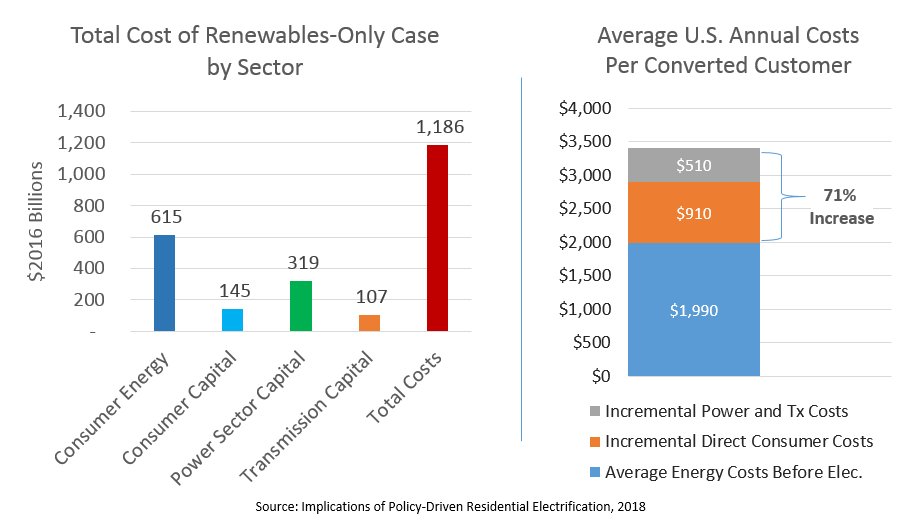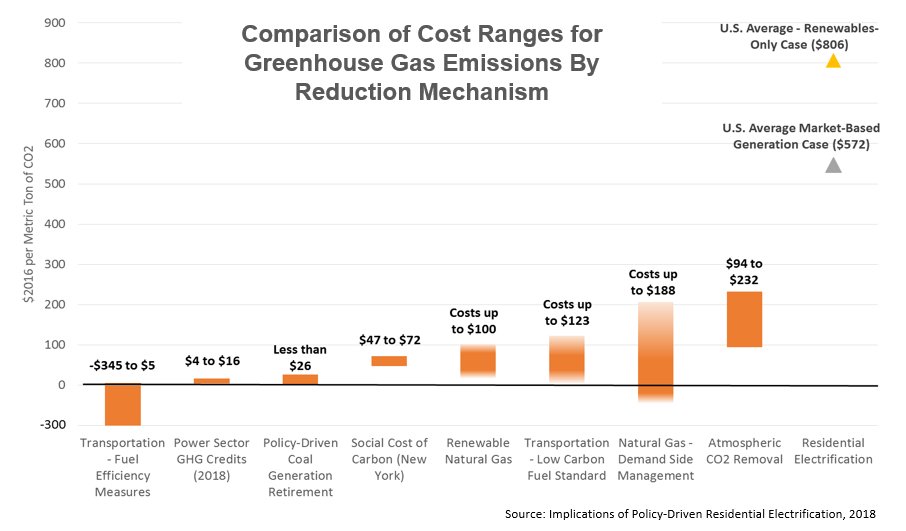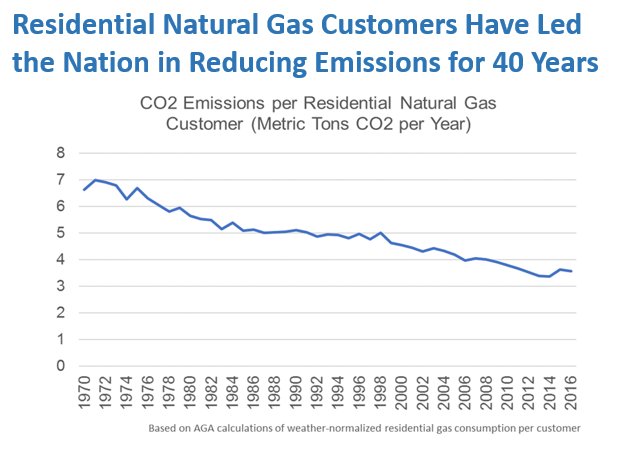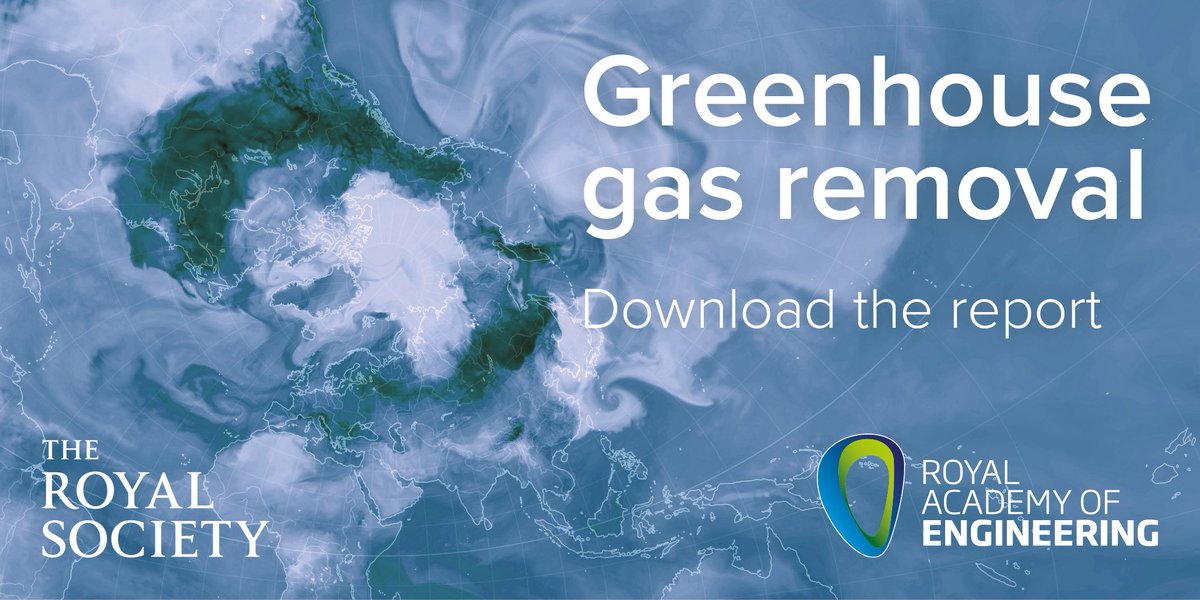•Will policy-driven residential electrification actually reduce emissions?
•What will be the impacts on the power sector and on electric transmission infrastructure requirements?
and
•How do the costs of policy-driven residential electrification compare to other approaches to reducing greenhouse gas emissions?
Potential GHG emission reductions from policy-driven residential electrification are small. Direct-use fuels are only 6% of total GHGs. Under an aggressive electrification policy, total US greenhouse gas emissions would be reduced by 1 to 1.5 percent.
• Household equipment installation
• Household fuel purchases.
• Incremental generation requirements.
• Transmission requirements.
• Electric distribution requirements and costs
• Natural gas distribution system costs shifted to other customers.
Implications of Policy-Driven Residential Electrification: aga.org/research/repor…
Greenhouse Gas Emission Reduction Pathways: aga.org/globalassets/r…
Let’s take a thoughtful approach to emissions reductions. For me, that means integrating natural gas solutions into long-term resource planning helps achieve emissions reduction goals.









